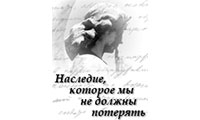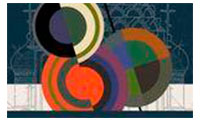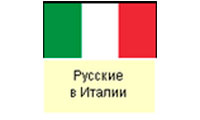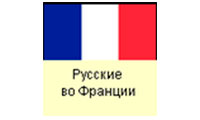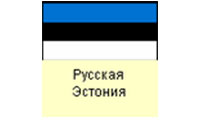Dmitry Goditsky-Tsvirko
Dmitry Godytsky-Tsvirko (1901, Molodechno, Vilno Governorate, Russian Empire – 1988, Denmark) – a civil engineer, artist.
He was born in the family of Ivan Goditsky-Tsvirko – a hereditary aristocrat and a well-known teacher, especially famous in the western governorates of Russia. Since 1918 his father had been living and working in Latvia. In 1919 Dmitry Goditsky-Tsvirko received his school-leaving certificate of Liepaja Male Gymnasium of the Society of Educators. The next step was the studies at the engineering faculty of the University of Latvia. The studies lasted longer than they were supposed to, due to financial problems, poor knowledge of Latvian language and infatuation with painting. Only on the 12th of January 1934 Goditsky-Tsvirko received a diploma after completing the full study course, and received a degree of a civil engineer. In the same year, he was accepted into the Latvian Academy of Arts. He managed to overlap his studies at the academy with his work at the construction of Kegums HES.
Dmitry Goditsky-Tsvirko was a member of Russian student fraternity Fraternitas Arctica.
In 1934 the Culture Foundation granted him a scholarship for 8 months of the total amount of 200 lats (as a refundable loan). He continued his studies at the class of professor Vilhelms Purvitis. In 1940 Dmitry Goditsky-Tsvirko had to submit his final work. He was allowed to prepare it outside the Academy, at his place of his residence in Kegums. On the 26th of October 1940 his work “Kegums” received a certificate, but it was not counted as a diploma work. The date of submission was postponed several times. Finally, on the 17th of July 1942 Goditsky-Tsvirko received a title of an artist for his painting ”Thaw”.
His main specialty were landscapes, portraits, figurative compositions. Goditsky-Tsvirko had been participating in exhibitions since 1935. For the last time in Latvia he participated in an exhibition of Russian painters, which was arranged by the Russian Committee in favour of “Russian refugees”. The exhibition took place at the Riga City Art Museum (1944).
In 1944 he left Latvia and settled in Denmark. In 1948-1949 Goditsky-Tsvirko had been studying the art of fresco and graphical arts in Copenhagen. He held his personal exhibitions in Copenhagen (1949, exhibited 62 works), Rome (1965, exhibited 45 works), different museums and galleries of Denmark.
Spouse: Maria Goditsky-Tsvirko (nee Pokrovsky), was born on the 23rd of August 1904 in Smolensk. In Latvia she worked as chemist’s assistant.
The biographical information was prepared by Tatiana Feigmane
Information sources:
ЛГИА, ф. 7427, оп. 1, д. 3042.
ЛГА, ф. 485, оп. 1, д. 265.
Возвращенные имена. Русское искусство XIX-XX веков из собрания Анатолия Педана. – Galerija Haberland, 2011, стр. 191.





